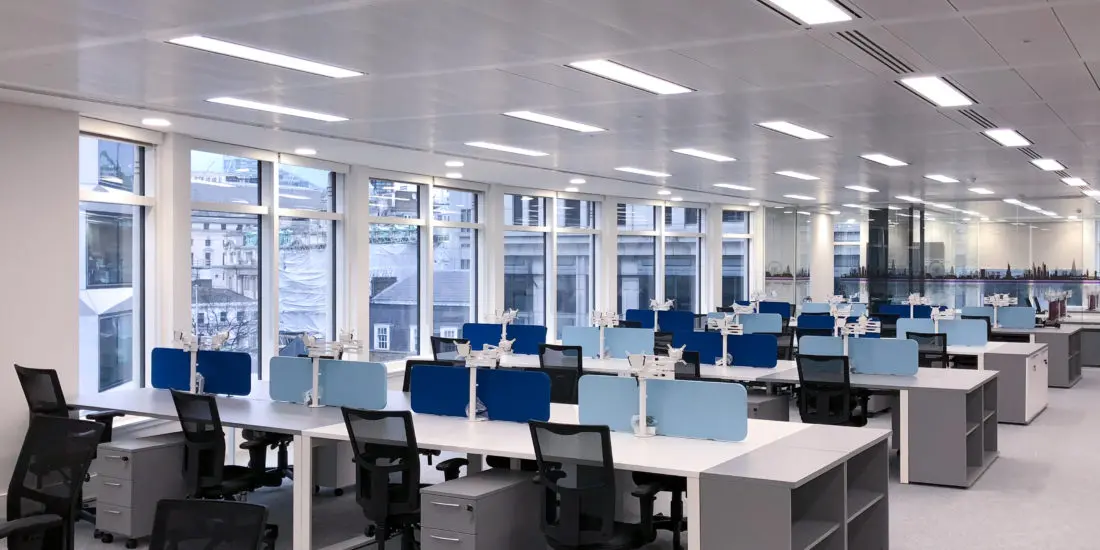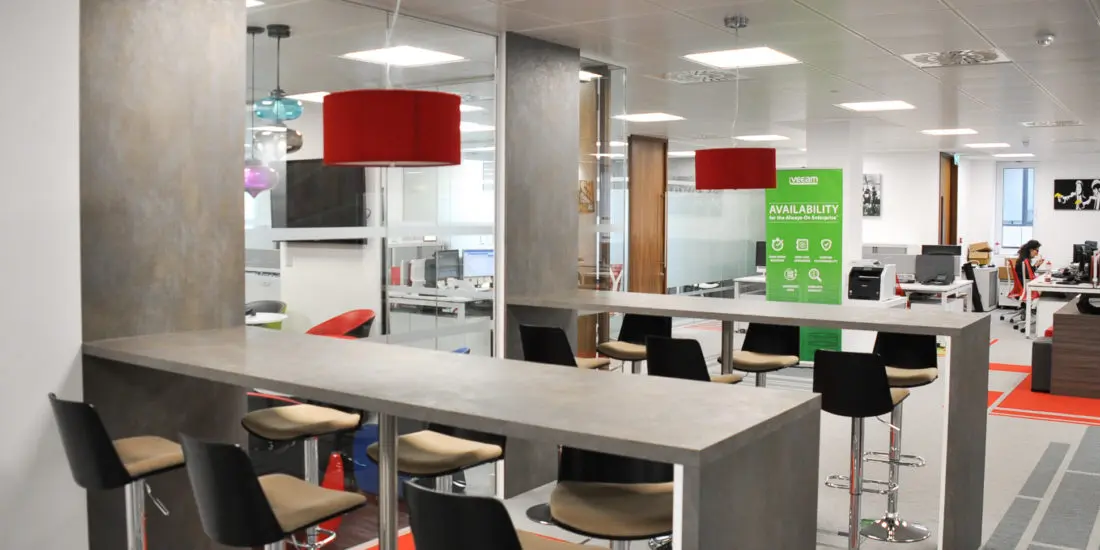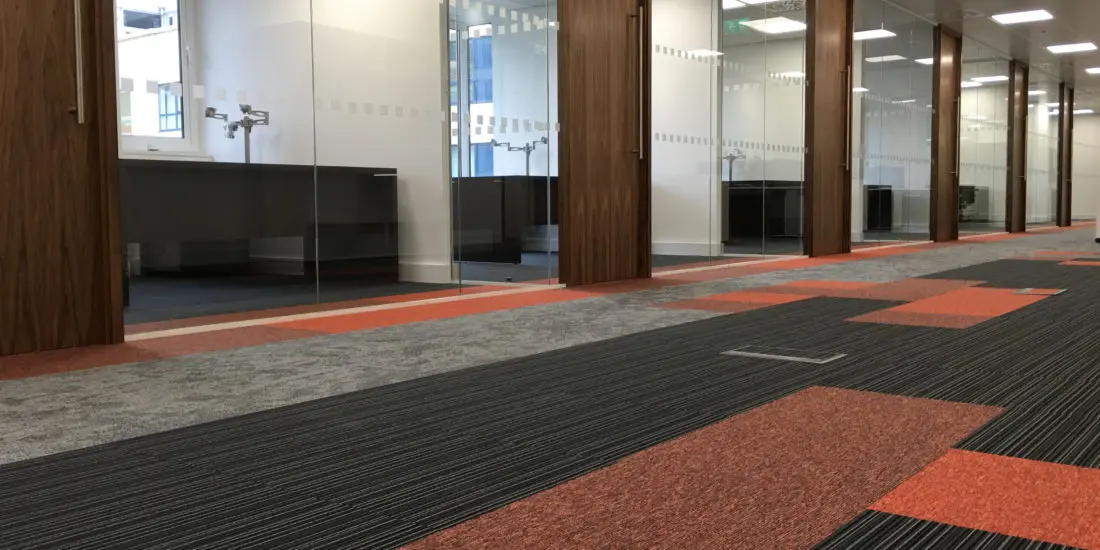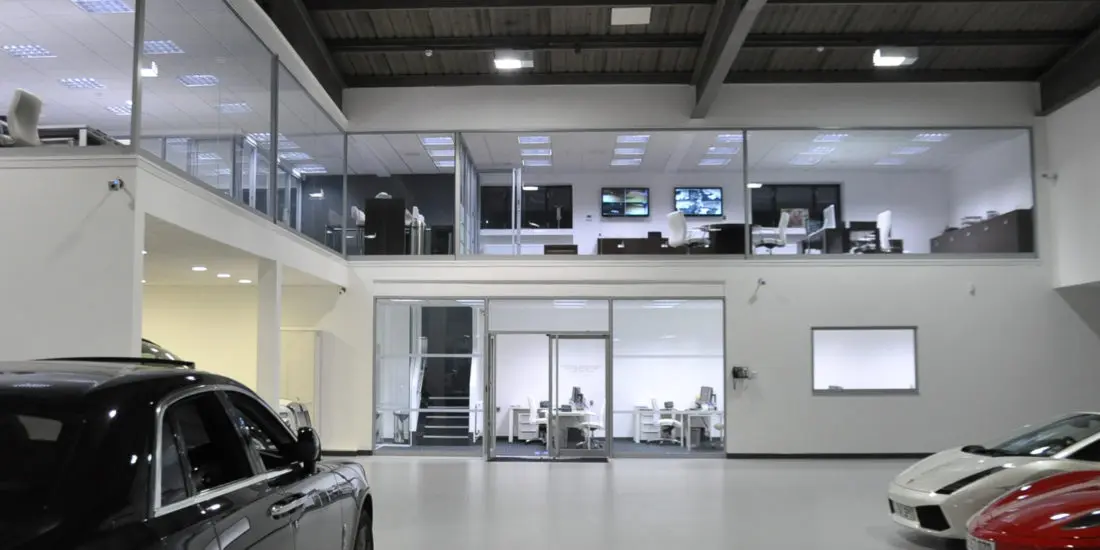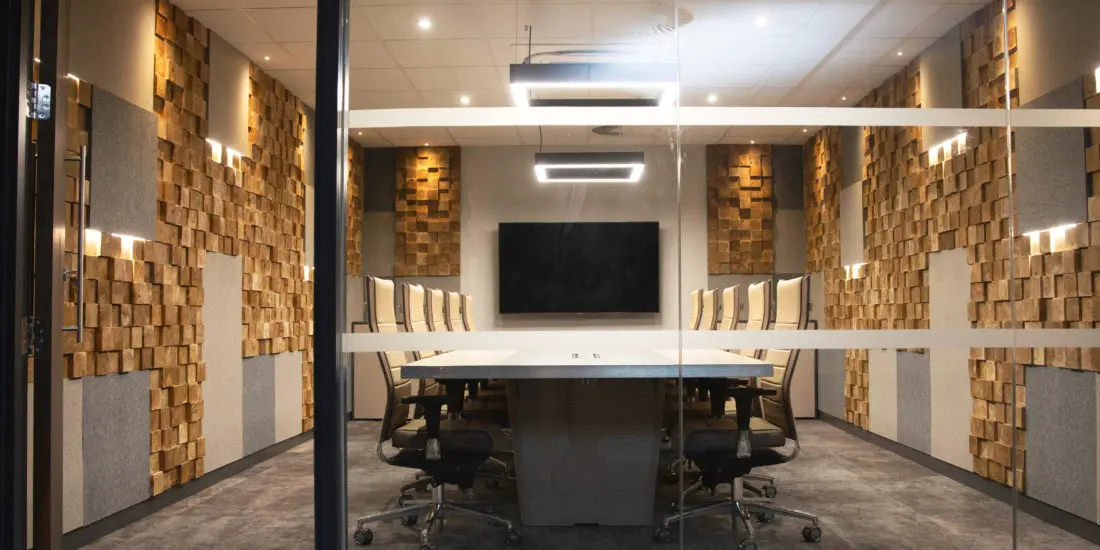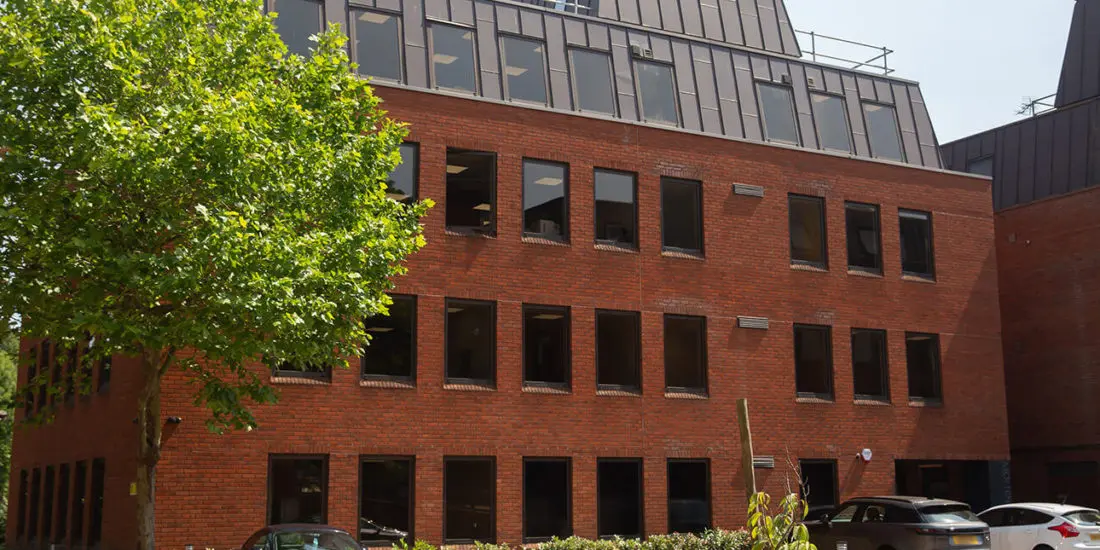Many businesses think that agile working and flexible working is the same thing. And although they are connected, they are utilised differently by businesses. Flexible working is all about an employee's needs, whereas agile working is about a business following its objectives. To help determine the specific differences between the two, it’s important to first define what each of them means:
Flexible working
A concept that has picked up in popularity over the last few years, flexible working allows employees to work from the comfort of their own home and in the hours that suit them (many businesses do require, however, a specific time frame in which they should work). An arrangement that’s decided between the employee and the employer, it is favoured by millennials working within a variety of industries. It will result in a happier workforce that will recognise that the business they are working for trusts them to complete their daily tasks on time and it takes away some of the stress that comes with different roles.
The level of flexible working will depend on each individual business. As mentioned, some may have set times, whereas others might have a limit of how often an employee can work at home or that only a certain number of members within a team can do so.

Agile working
Agile working, on the other hand, allows for employees to choose where and when they work as long as it aligns with business requirements. Lowering office costs, reducing the environmental impact and aimed at increasing the levels of productivity it works alongside technology and aims at modernising performance.Examples of agile working within the workplace are space optimisation and hot desking. A project that uses agile working with include initial researching, planning, designing, developing and testing in a fast and efficient way. Its aim is to produce valuable work within a short amount of time, decreasing the number of complexities along the way. There are 12 key princes of agile working within the official manifesto that businesses aim at targeting.

In conclusion
Overall, the difference between the two is that flexible working primarily refers to allowing flexibility around where the employees work and the times in which they work, whereas agile working is aimed at promoting flexibility yet also removing any complexities that arise throughout a project in order for it to get completed to a high level as soon as possible. The two can become intertwined within a business, or a business can choose between either one. It’s clear that a modern business should at least try one of the ways of working out within their workplace if they want to keep up-to-date with the modern working practices and stay on the same level as their competitors that offer this. If they don’t their employees might become frustrated and leave the business to work somewhere that offers these practices and is more relaxed. It’s a good way of having a healthy work/life balance and will improve employee satisfaction.








